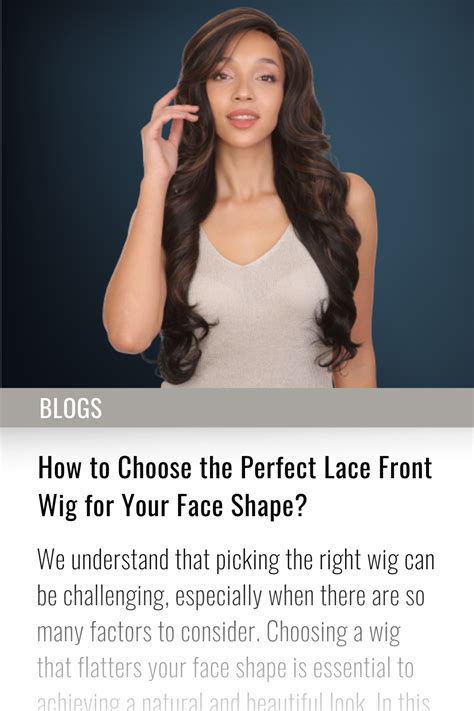Wigs for Men: 1001+ Styles to Enhance Your Look

1. Lace Front Wigs
- Lace base creates an invisible hairline
- Natural appearance, allows for styling
- Pricey, requires professional installation
2. Monofilament Wigs
- Thin, breathable cap material
- Gives a more realistic scalp appearance
- Can be trimmed and customized
3. Polyurethane Wigs
- Durable, waterproof material
- Easy to apply and remove
- May be less comfortable than other materials
4. Synthetic Wigs
- Made from artificial fibers
- Affordable, low maintenance
- Limited styling options, shorter lifespan
5. Human Hair Wigs
- Made from real human hair
- Natural appearance, versatile styling options
- Expensive, require special care
- Hair Type: Synthetic or human hair
- Cap Construction: Lace front, monofilament, polyurethane
- Base Size: Small, medium, large
- Hair Length and Style: Short, medium, long; straight, curly, wavy
- Color: Natural or dyed
- Enhance Hair Volume: Thicken thinning hair or add volume to fine hair.
- Conceal Hair Loss: From medical conditions, alopecia, or genetics.
- Change Your Look: Experiment with different hairstyles and colors without damaging your own hair.
- Protect Your Hair: From sun damage, heat styling, or chemicals.
- Choosing the Wrong Size: A wig that is too big or too small can be uncomfortable and unnatural-looking.
- Applying a Wig Incorrectly: Ensure the cap is properly fitted and secured for a natural appearance.
- Over-Styling Synthetic Wigs: Heat styling can damage synthetic fibers, leading to a shorter lifespan.
- Neglecting Wig Care: Regular washing and conditioning are essential for maintaining wig appearance and longevity.
| Type of Wig | Pros | Cons |
|---|---|---|
| Lace Front | Natural appearance, versatile styling | Expensive, requires professional installation |
| Monofilament | Lightweight, breathable, realistic | More delicate than other materials |
| Polyurethane | Durable, waterproof, easy to apply | Less comfortable, may be less realistic |
| Synthetic | Affordable, low maintenance | Limited styling options, shorter lifespan |
| Human Hair | Natural appearance, versatile styling | Expensive, requires special care |
- Medical Restoration: To provide hair coverage during or after cancer treatment or other medical procedures.
- Fashion Statement: As a bold accessory to change up your look and express your style.
- Confidence Booster: To enhance self-esteem and boost confidence in those with hair loss.
- Entertainment Industry: Used in film, theater, and television to portray different characters and personas.
- According to the American Hair Loss Association, approximately 85% of men will experience some form of hair loss by age 50.
- A survey by the International Society of Hair Restoration Surgery found that over 20% of men are considering or have had a hair restoration procedure.
- A recent study by Mintel reported that the global market for wigs and hair extensions is projected to reach $12.5 billion by 2026.
Wigs have become an increasingly popular option for men looking to enhance their appearance, conceal hair loss, or change their style. With a wide range of materials, constructions, and styles available, there’s a wig to suit every need. By considering the factors discussed in this article, men can make an informed decision when purchasing a wig that will boost their confidence and meet their specific requirements.
